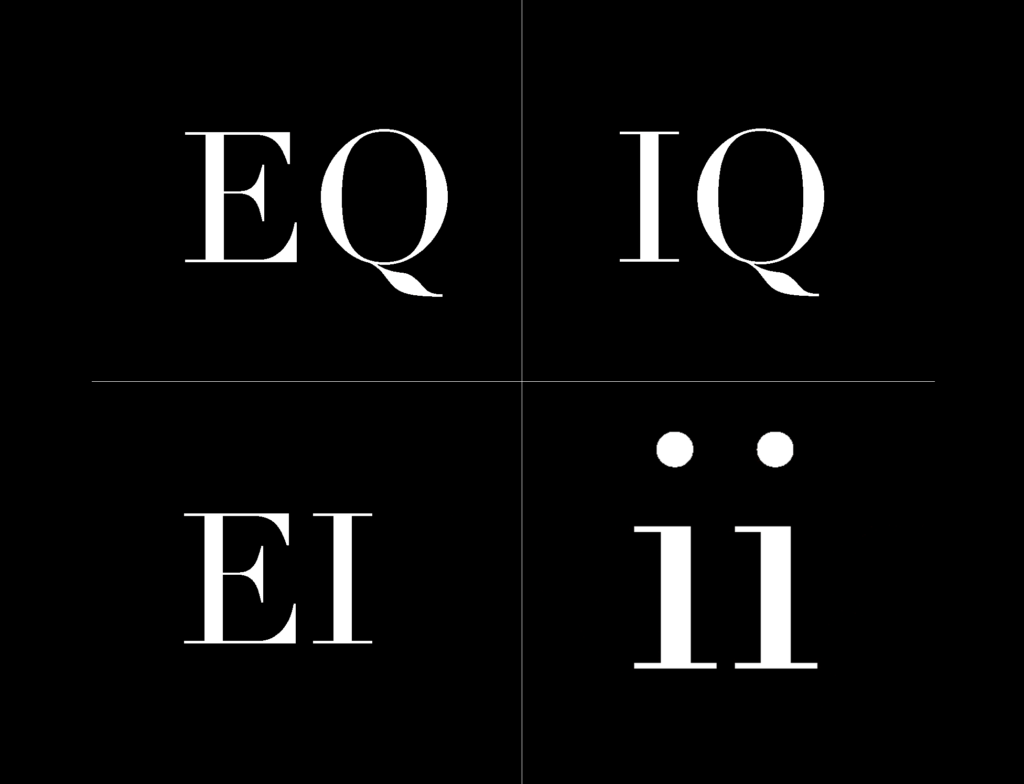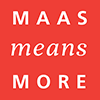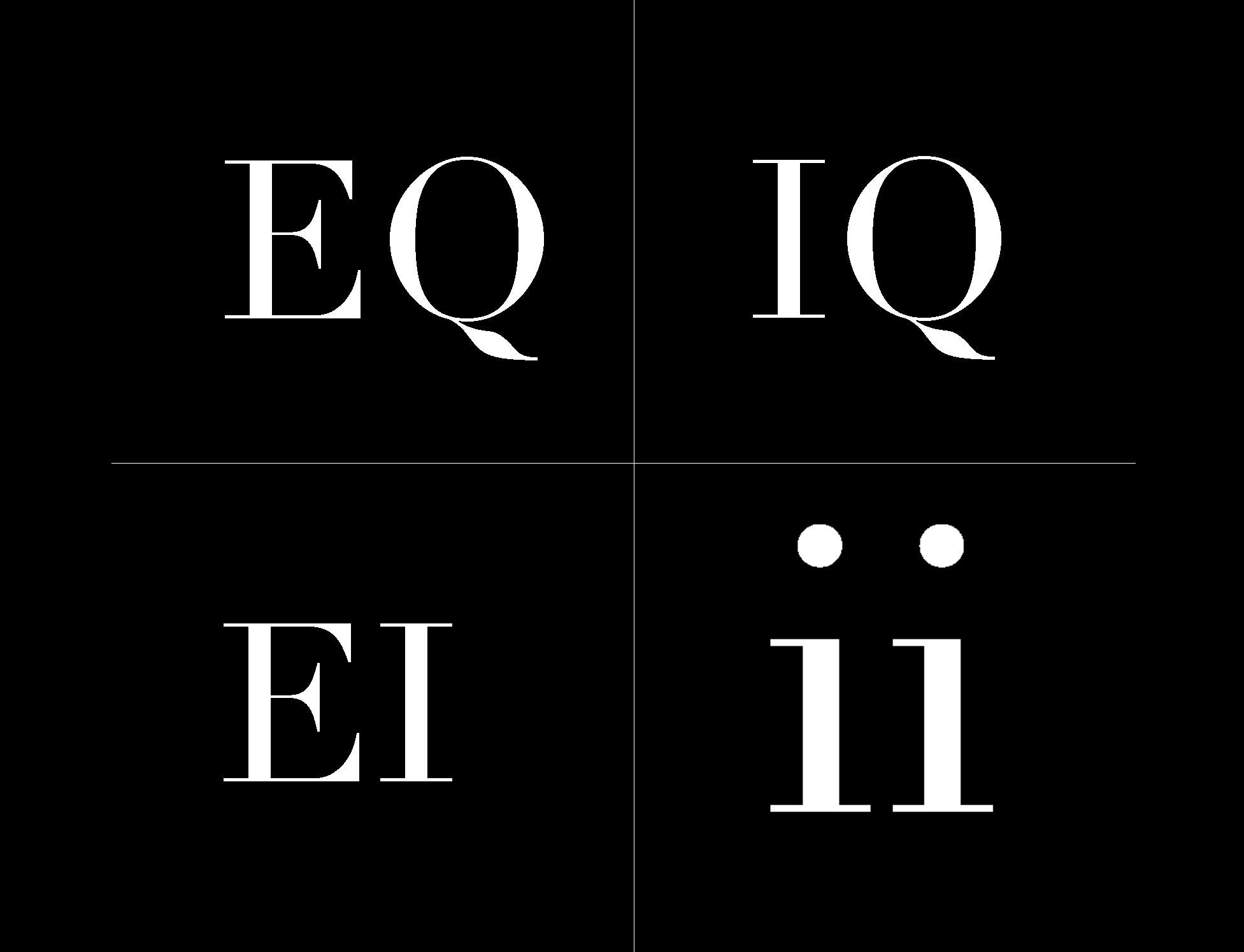
Interpersonal Intelligence for Design, Marketing and PR Communications
- August 5, 2018
- By Maas Creatives
Deeper Connection. Better Results.
I have found that applying Interpersonal Intelligence to my work consistently delivers better results and greater impact. Let me explain how and why.
I first learned about interpersonal style through my client Stackhouse and Garber (SGA), a leader in the field of developing c-suite sales capabilities. They commissioned me to refresh their brand and develop a new website for them. In order to experience their work firsthand, they invited me to attend their annual leadership workshop.
My first introduction to Interpersonal Style (also known as Social Style)
The leadership workshop was brilliant! I was blown away. I discovered so much about myself, my strengths, my weaknesses how others saw the experience of working with me. At the same time I learned equally much about the others attendees. If you haven’t tried it, using an interpersonal style model to understand yourself and others on a deeper level, and to inform how you interact with others effectively is liberating. It completely changed me.
I returned home inspired and itching to apply my knew knowledge. The first thing I worked on was a digital tool. An app. Something that SGA’s clients could keep with them and update as needed. An extension that adds a layer of valuable insight to their contacts list. Eventually this would be something that SGA could replace their handouts with at the end of the workshop.
Design influences Interpersonal Intelligence
Around that time I was working with two intelligence clients; a Cyber Security company and an audience data, research and intelligence organization for the Arts and Culture sector. Understanding their work inspired me to rename SGA’s methodology “Interpersonal Intelligence” because, what SGA delivered was actionable. It wasn’t just data or information. It was what to do with it. They had developed tools to help you use it, mechanisms of how to apply it. They didn’t just teach you about it, they gave you tools. They gave you intelligence – actionable insight.
Interpersonal Intelligence applied to Design
I wanted to see if I could apply this new intelligence in a practical sense to my work. I wanted to explore whether this could impact the effectiveness of my work. So, from then on, when a client told me they need a certain outcome, I would consider the means of achieving it from four different directions. As a designer, and similarly marketing, advertising and public relations, knowing your audience is the most important thing. (You can’t possibly communicate an idea to someone if you don’t know who they are).
However, if the science of interpersonal style is true, then that knowledge isn’t enough. What matters more is how you are communicating. In the same way language works, you might know everything about someone, but if you don’t use the language they speak – it doesn’t matter. They will never understand you. Interpersonal style is similar to language that way. If you don’t communicate in the way the audience likes—they won’t want to listen.
Interpersonal Intelligence for Marketing and PR
For marketing and PR, I saw interpersonal style model as a further layer that one would add after the audience profile and buying personas were established. Interpersonal intelligence would be applied after the target market is fully identified. In other words, you would now know that your audience (however clearly defined they were) would still fall into four groups. And, that those four groups need to be communicated to in very different ways. Whether this is through a single piece of collateral or across multiple different media.
The Components of Interpersonal Intelligence
The difference between one-to-one interactions and remote communications is that you will never meet face to face and you cannot change or adapt on the spot. You will never know what style they are so you must build in all four into your communications strategy.
There are four main interpersonal styles. Different institutions use different names, I will use the ones SGA uses. Drivers, Expressives, Analytics and Amiables. You can be one with a hint of the others, but in relation to design and communications that’s not going to matter. The important thing to understand is that whomever your audience is, whether its a group of CEOs or a bunch of teenagers you know that all four types are present.
Each group responds to a communication delivered in a particular way. Sometimes the styles are similar and sometimes they are opposite. e.g. either fast or slow, detailed or summarized, dazzling or down to earth, results orientated, brief and to-the-point or measured, detailed and supported with evidence and so on. I have developed my own little rubric that I use. You can create yours.
Start to think about the how you would communicate an idea or an initiative to each of the four groups. How would this new understanding change what you do and how you do it? How much better will your message be understood?




